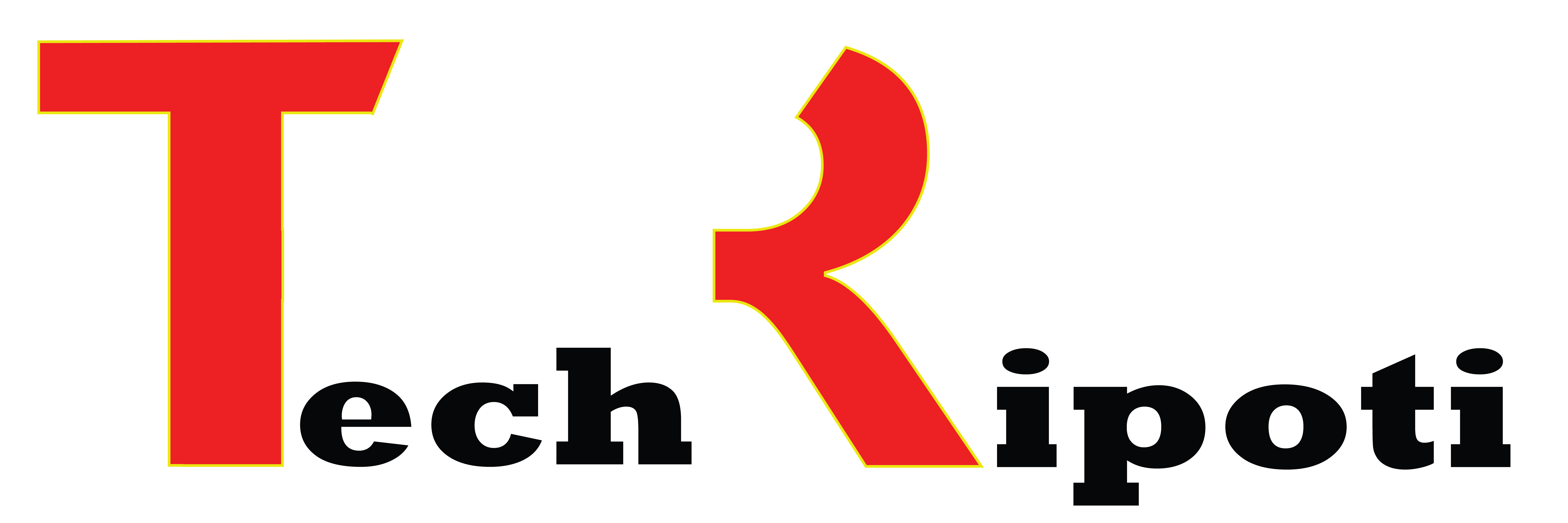Now Reading: AI and Creativity: Can Machines Really Be Artists?
- 01
AI and Creativity: Can Machines Really Be Artists?

AI and Creativity: Can Machines Really Be Artists?
Let’s dive into a question that’s been stirring up a lot of buzz: Can AI truly be an artist, or is it just a fancy tool churning out human-like creations? The idea of machines painting, composing music, or writing poetry sounds like sci-fi, but it’s happening right now—and it’s sparking some big conversations. Let’s explore what AI can do in the creative world, what it means to be an artist, and how humans and machines might team up to make something extraordinary.
AI’s Creative Playground
AI has come a long way from clunky algorithms. Today, tools like DALL·E, Midjourney, and Stable Diffusion whip up jaw-dropping images from simple text prompts. Want a painting of a cyberpunk city in the style of Van Gogh? Done in seconds. Meanwhile, AI systems like AIVA compose music that could pass for Mozart or modern pop, and language models craft poems and stories that feel surprisingly human.
How does this magic happen? It’s all about data. These systems train on massive collections of images, songs, or texts, learning patterns to create something new. Think of it like a super-smart chef mixing ingredients from a giant pantry of human art. The results are often so good, you’d swear a person made them. But does that make AI an artist?
READ MORE: Robots in the Operating Room: Elon Musk Predicts a Surgical Revolution Amid Ethical Concerns
Why Some Say AI’s Got the Creative Spark
Folks who champion AI as an artist argue it’s doing what humans do: combining ideas in fresh ways. Creativity isn’t always about inventing something from nothing—it’s about remixing what’s out there. AI’s great at that. In 2018, an AI-generated painting, Portrait of Edmond de Belamy, sold for $432,500 at Christie’s. Orchestras have performed AI-composed music, and short films have been made from AI-written scripts. That’s not just tech flexing—it’s art people are buying and enjoying.
AI’s also got a knack for exploring ideas humans might not think of. It can blend jazz with ancient folk tunes or dream up visuals that feel totally alien yet beautiful. Plus, it’s fast, churning out endless variations in a snap. And here’s the kicker: AI makes creativity accessible. Tools like Midjourney let anyone, even non-artists, create pro-level art, breaking down barriers in a world where art can feel exclusive.
Why Others Aren’t Convinced
But not everyone’s sold on AI as an artist. Critics point out that art is more than pretty pictures or catchy tunes—it’s about intention, emotion, and lived experience. Humans pour their hearts, struggles, and stories into their work. AI? It’s just crunching numbers, mimicking patterns without feeling a thing. When it writes a love poem, it’s never been in love—it’s just copying what humans have said about it. That feels more like a clever trick than true artistry.
There’s also the originality question. AI’s creations come from the data it’s trained on—human art. Some call it a remix machine, not a creator. This gets sticky when AI mimics living artists’ styles without permission, sparking debates about ethics and copyright. If an AI’s “inspiration” is someone else’s hard work, is it really creating, or just borrowing?
Humans and AI: The Ultimate Creative Team
Instead of pitting humans against AI, many see them as partners. Artists like Refik Anadol use AI to craft mind-bending, data-driven installations. Musicians tweak AI-generated melodies into polished songs. Writers use AI to spark ideas or bust through writer’s block. Take the band YACHT—they used AI to brainstorm their Grammy-nominated album Chain Tripping. It’s like having a tireless creative assistant who’s great at raw ideas, leaving humans to add the soul and polish.
This teamwork vibe shows AI’s real strength: amplifying human creativity. It handles the grunt work, generates options, or pushes artists to try something new. The human still calls the shots, infusing the work with meaning and heart.
What Does This Mean for Art?
AI’s rise makes us rethink what art and creativity are. If a machine’s painting looks as good as a human’s, does it matter who made it? Some say art’s value is in how it moves us, not who (or what) created it. Others argue that human struggle and intent are what make art special. A machine can’t feel the weight of a broken heart or the thrill of a new idea—can it still tell those stories authentically?
AI’s also shaking up the art world. It’s flooding platforms like OpenSea with new works, which is exciting but risks overwhelming human artists. At the same time, it’s empowering people who never had access to art tools before, giving more voices a chance to shine.
Where Are We Headed?
As AI gets smarter, it’ll keep pushing creative boundaries. Maybe one day it’ll mimic emotion so well we can’t tell the difference—or come up with aesthetics we can’t even imagine. But the “is AI an artist?” question might always be more about philosophy than tech. Art is deeply human, tied to our experiences and emotions. AI can mimic that, but it’s not living it.
The future looks brightest when humans and AI work together. AI can be a muse, a collaborator, or a spark for inspiration, helping artists explore new frontiers. Rather than replacing creativity, it’s opening doors to a world where anyone can make something beautiful.
Wrapping It Up
So, can machines be artists? It depends on what you value. If art is about stunning results, AI’s already there, creating works that captivate and sell. But if art is about human experience and soul, AI’s more of a helper than a true creator. Either way, the real magic happens when humans and AI team up, blending tech’s power with human heart to create something truly unique. The art world’s changing, and it’s an exciting time to see where this partnership takes us.



















